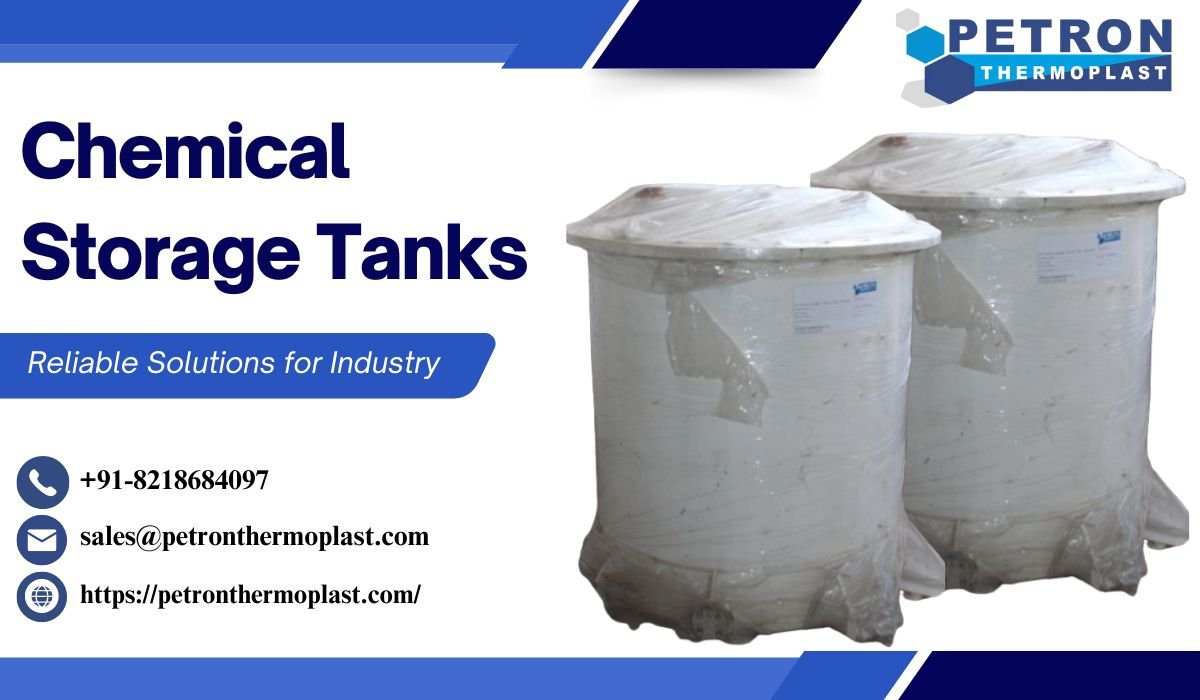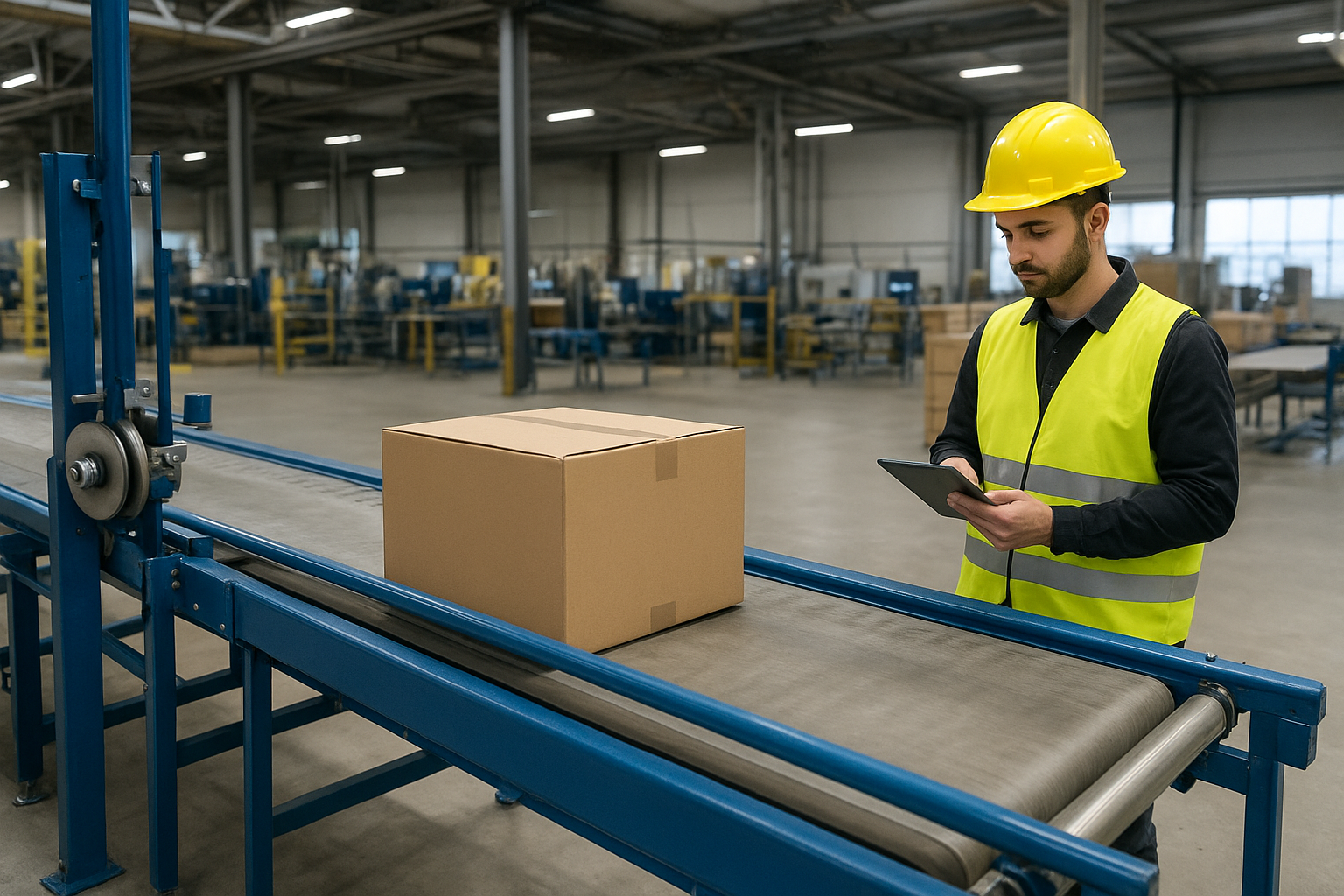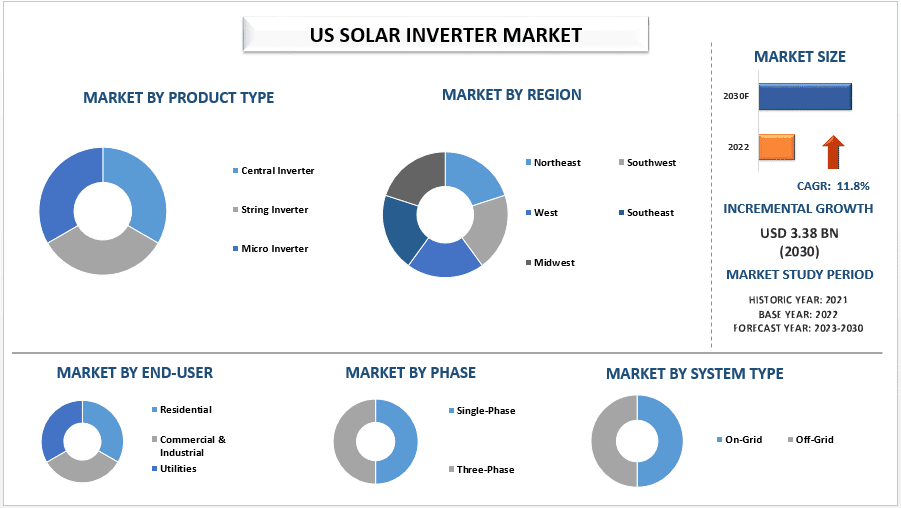In the construction sector, time, cost, and safety are all important variables in project success. One material that addresses all three is CLSM (Controlled Low-Strength Material), often referred to as flowable fill concrete. This self-compacting cementitious material is increasingly being utilized for backfilling, utility bedding, and void filling due to its simplicity of installation, consistency, and performance benefits.
What Is CLSM Flowable Fill?
CLSM flowable fill is a low-strength, highly flowable mixture made from water, cement, fly ash, and aggregates. Unlike traditional compacted backfill, it does not require mechanical compaction. It flows easily into voids and hard-to-reach areas, creating a uniform fill with minimal labor effort. Its compressive strength is intentionally kept low to allow future excavation if needed, making it highly versatile.
Enhanced Project Efficiency
One of the main advantages of CLSM flowable fill is its ability to save time and labor. Here’s how it boosts efficiency:
- Faster Placement – Flowable fill can be poured directly from a truck or pump into the desired area, reducing manual work and speeding up completion.
- No Layered Compaction Needed – Traditional backfill requires multiple layers of placement and compaction, but CLSM eliminates this step entirely.
- Reduced Equipment Use – Since it self-compacts, there’s no need for heavy compaction machinery, cutting down on equipment costs and setup time.
- Consistent Quality – Its uniform flow ensures complete filling around pipes, foundations, and structures without voids, reducing the risk of settlement.
Improved Safety on Site
Flowable fill also contributes to a safer construction environment:
- Less Manual Labor – Fewer workers are needed in excavation zones, reducing exposure to potential hazards.
- Stable Support – It provides even and reliable support to pipes and structures, minimizing the risk of collapse or shifting.
- Reduced Dust and Noise – Without mechanical compaction, there’s less noise pollution and airborne dust, creating a cleaner and quieter work environment.
Applications of CLSM Flowable Fill
CLSM is widely used in:
- Utility trench backfilling
- Pipeline bedding
- Void filling around abandoned structures
- Foundation support
- Road and pavement sub-bases
Its versatility makes it suitable for municipal, commercial, and residential projects.
Environmental and Long-Term Benefits
Flowable fill frequently includes industrial wastes like as fly ash, which reduces waste and promotes sustainable construction techniques. Additionally, its long service life and low maintenance requirements help to cut lifecycle costs.
Common Applications of CLSM Flowable Fill
- Utility Trench Backfill – Ideal for filling around pipes and conduits, ensuring complete coverage and stability.
- Pipeline Bedding – Provides uniform support that prevents pipe damage.
- Void Filling – Perfect for abandoned tunnels, tanks, or other underground structures.
- Road Base and Pavement Restoration – Used as a stable base for road repairs and resurfacing.
- Foundation Support – Helps stabilize foundations in both new construction and repair projects.
- Bridge Abutments – Ensures even load distribution for heavy structures.
Additional Advantages of CLSM Flowable Fill
- Environmentally Friendly – Often made with recycled industrial byproducts like fly ash, reducing landfill waste.
- Easy Future Excavation – Low strength makes it simple to remove if underground repairs are needed.
- Long-Term Durability – Resists erosion, settlement, and washouts.
- Customizable Mix Designs – Can be tailored for specific flowability and strength needs.
- Cost Savings – Reduced labor, equipment, and maintenance expenses throughout the project lifecycle.
- Minimal Surface Settlement – Reduces the risk of dips or depressions forming over time.
- Uniform Load Distribution – Spreads loads evenly, reducing structural stress.
Why Contractors Prefer CLSM Over Traditional Backfill
Compared to compacted soil or granular backfill, Controlled Low Strength Material (CLSM) provides several advantages:
- Faster installation (hours vs. days).
- Lower manpower requirements.
- Better compaction results without effort.
- Reduced the chance of future settlement issues.
- Improved safety conditions.
Tips for Using CLSM Effectively
- Plan the pour to ensure continuous placement for large areas.
- Use proper formwork if filling open areas to prevent spillage.
- Allow adequate curing time before placing loads or structures on it.
- Consult with suppliers to customize the mix for your specific needs.
Adaptable to Various Site Conditions –
CLSM flowable fill can be customized for different site requirements, such as varying soil types, water tables, or irregular voids. This flexibility allows it to perform reliably in both urban and challenging construction environments.
Final Thoughts
CLSM flowable fill is more than just an alternative to traditional backfill — it’s a superior solution that enhances project efficiency, reduces labor requirements, and significantly improves on-site safety. Its ability to self-compact, provide stable support, and adapt to various applications makes it an invaluable material in modern construction.
By minimizing manual labor, eliminating the need for heavy compaction equipment, and providing uniform support, CLSM also helps reduce the risk of costly rework and structural failures. Its adaptability to different site conditions, including irregular voids and varying soil types, ensures that it performs reliably in both urban and challenging construction environments.
For projects aiming to combine speed, strength, and sustainability, integrating flowable fill concrete with other high-performance materials like ready mix concrete ensures your construction work not only meets deadlines but also delivers exceptional long-term results. Additionally, using CLSM promotes cleaner and safer worksites, reduces environmental impact by incorporating industrial byproducts, and offers flexibility for future excavation or modifications if needed.












Leave a Reply